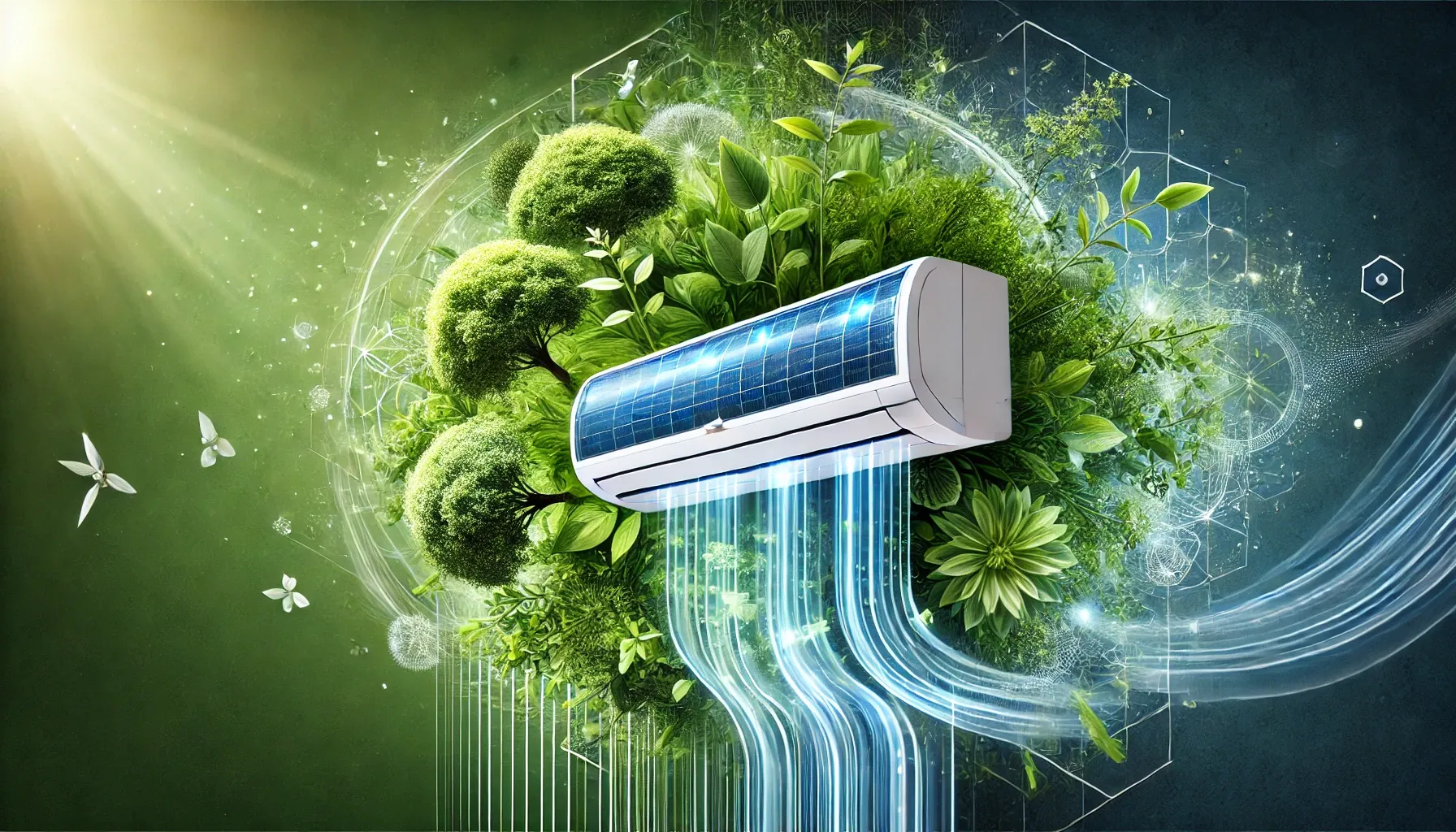UPSC
The Hindu Briefs
Energy-Efficient Air Conditioners: A National Imperative for India
Last Updated
1st April, 2025
Date Published
1st April, 2025
Share This Post With Someone

Context:
Published on March 31, 2025, in The Hindu, this article underscores the urgent need for India to prioritize energy-efficient air conditioners (ACs) as summer heat intensifies and AC usage surges. With the power grid under strain and ACs driving peak electricity demand, the piece highlights a study from UC Berkeley’s India Energy and Climate Center, emphasizing economic, environmental, and infrastructural benefits of efficiency upgrades amid rapid AC adoption.
Key Information in Points:
- Rising Demand: India faces intense summers with temperatures exceeding 45°C, pushing millions to rely on ACs for relief, straining the national power grid.
- Peak Load Driver: ACs are the largest contributor to peak electricity demand, especially during evenings and nights when solar power diminishes but heat persists.
- Market Growth: India adds 10-15 million ACs annually, with projections of 150 million more over the next decade, amplifying energy needs.
- Study Findings: A UC Berkeley study by the India Energy and Climate Center (IECC) suggests doubling AC efficiency could save ₹66,000 crore to ₹2.25 lakh crore ($8-26 billion) by 2035.
- Power Savings: Enhanced efficiency could cut peak demand by 120 GW by 2030 and 180 GW by 2035—about 30% of projected totals—averting blackouts and costly fixes.
- Consumer Benefits: Efficient ACs, despite higher upfront costs, recover expenses in 2-3 years via lower bills, offering long-term savings.
- Price Stability: Historical data shows efficiency upgrades don’t spike prices; inflation-adjusted AC costs have dropped due to scale, supply chains, and competition.
- Market Readiness: Over 600 AC models (20% of offerings) exceed India’s 5-star efficiency rating, many from domestic manufacturers, signaling industry potential.
- Policy Push: The study urges stronger Minimum Energy Performance Standards (MEPS) and updated testing for India’s humid climate, where dehumidification is key.
- Climate Challenge: In humid regions like Mumbai and Chennai, efficient moisture removal can halve AC energy use while maintaining comfort.
- Manufacturing Edge: Stricter standards could position Indian firms as global leaders, leveraging existing high-efficiency production capacity.
- Grid Relief: Without intervention, rising AC use risks power shortages; efficiency offers a sustainable solution over emergency measures.
- Economic Insight: Efficiency isn’t the main price driver; affordable, efficient models are already competitive with less efficient ones.
Key Terms:
- Peak Electricity Demand: The highest level of electricity usage, often driven by ACs during hot periods.
- Energy Efficiency: The ability to achieve the same cooling with less power consumption.
- Minimum Energy Performance Standards (MEPS): Regulations setting minimum efficiency levels for appliances.
- 5-Star Rating: India’s top energy efficiency label for ACs, indicating superior performance.
- Dehumidification: The process of removing moisture from air, critical for comfort in humid climates.
- Grid Strain: Overload on the power distribution system due to high demand.
- Economies of Scale: Cost reductions achieved through increased production volume.
Link To The Original Article – https://www.thehindu.com/business/why-efficient-air-conditioners-must-be-a-national-priority/article69396075.ece